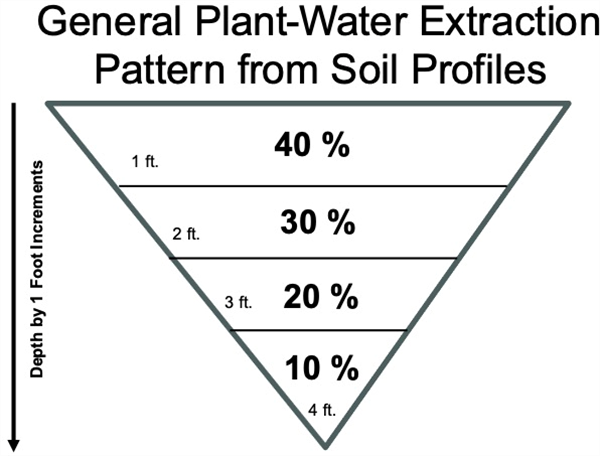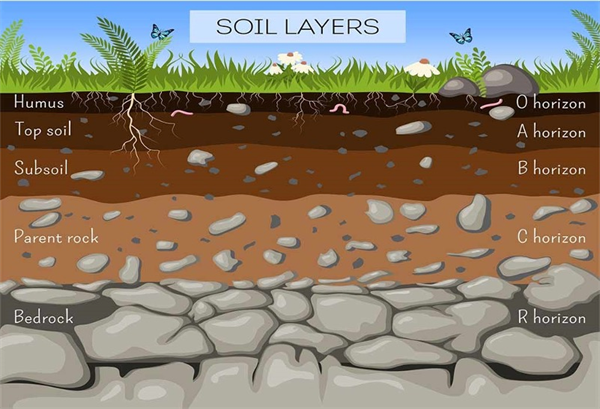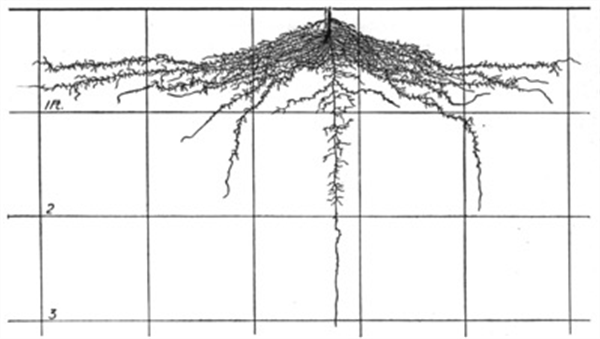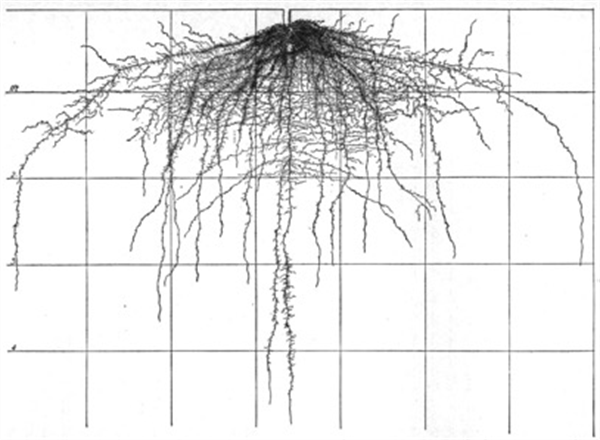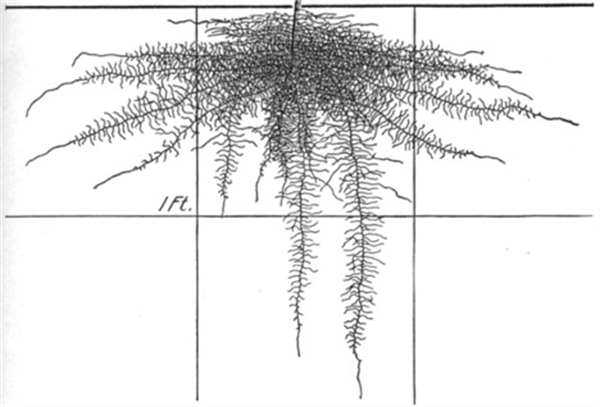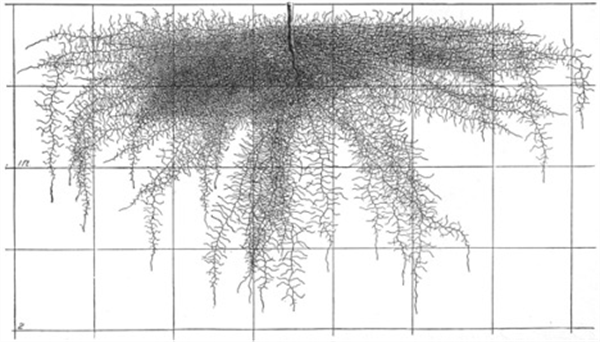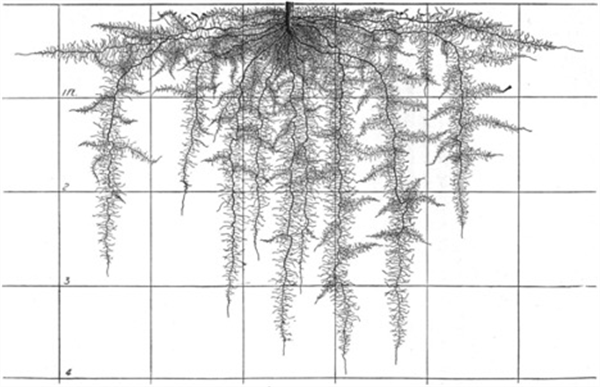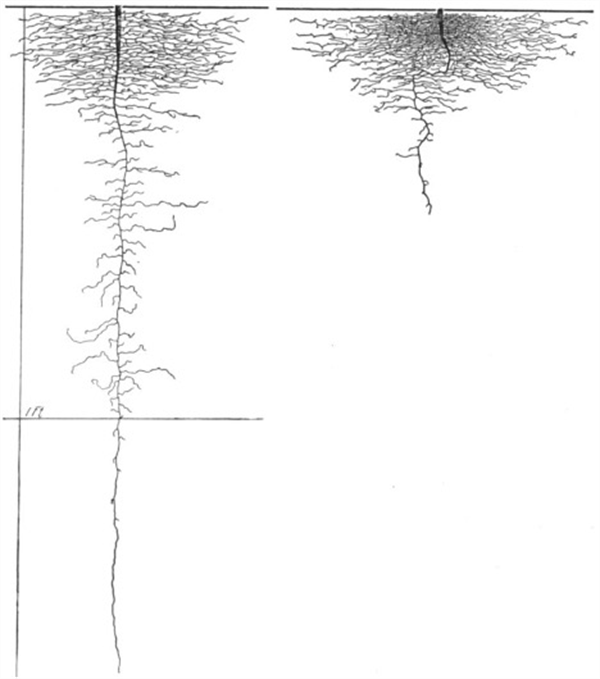-
May 5, 2021Summer Sanitation Is Important as Ever
It is never too early to start planning for next produce season, particularly with the threat of Impatiens Necrotic Sprot Virus (INSV) looming. As many of you know, INSV was found in several Yuma locations this spring, particularly in the Tacna area. Overall, INSV incidence was very low (~1% incidence), but there were a few fields where incidence was estimates at > 25% (see Chart 1 below). With desert lettuce production now finished, the question remains; will INSV in these infested areas survive the summer in the absence of lettuce. Of course, this depends on the availability of host plants in the cropping landscape to serve as reservoirs for INSV in the next 4 months, as well as the abundance of western flower thrips on these hosts. A team of applied scientists at the UA Yuma Ag Center -Bindu Poudel, Stephanie Slinski, Barry Tickes, Marco Pena and myself (with the assistance of Daniel Hasegawa, USDA-Salinas) - are currently trying to determine this. First, we know that many of the common weeds currently found in drainages, field borders, and ditch banks serve as reproductive hosts for western flower thrips. What this means is that thrips are capable of colonizing these weed hosts. Immigrating adults can transmit viruses and larvae can acquire viruses that can be transmitted after they emerge as adults. Recent areawide monitoring of crops and weeds in Tacna and Yuma Valley showed thrips adults and larvae were abundant on nettle leaf goosefoot and cheeseweed (see Chart 2 below), and more importantly, tissue samples recently collected from weeds near previously infected lettuce fields in Tacna tested positive for INSV in nettleleaf goosefoot, cheeseweed, and purslane. It appears that these weeds could provide a green bridge for the virus and the vector from now till September. The threat of INSV surviving within our desert cropping system in the absence of lettuce this summer is real.
So, weed management this summer is going to be very important if we hope to eliminate the local presence and spread of INSV. Growers should be extremely vigilant in keeping ditch banks and low-lying drainages adjacent to fields free of weeds. When upcoming wheat harvests are completed, all weeds along field edges need to be thoroughly disked under along with the stubble. Even a few remaining goosefoot or purslane plants on a field edge can potentially harbor INSV and a significant number of thrips vectors. Similarly, periodic disking of alfalfa borders and field edges should help minimize weed regrowth. Same goes for cotton and Sudan grass fields. When spring melons are harvested, growers should promptly disk under plant residue. Any PCA watching melons this spring can attest to the attractiveness of melon flowers to thrips. Finally, as growers start to flat water fields in preparation for fall lettuce planting, it will be as important as ever to promptly control weeds emerging in those fallow blocks. Remember, recent weed sampling showed purslane tested positive for INSV, and a ten-acre field infested with purslane can potentially generate a lot of thrips. So can volunteer melons. Thus, summer sanitation is as important as ever. Bottom line: anything growers can do to reduce weed abundance in and around their fields can only help. For more information on this crop sanitation, please visit Weed Interference with Insect Management in Desert Crops. The other critical question we are working on is whether our summer crops (alfalfa, cotton, melons) serve as hosts and reservoirs for INSV. We do not know yet, but our team is working on it. We’ll let you know when we know.
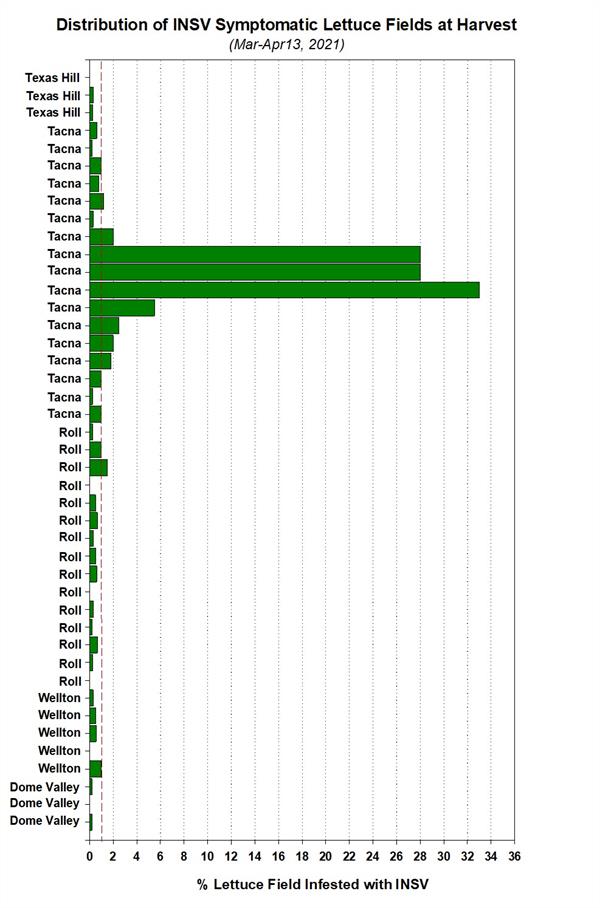
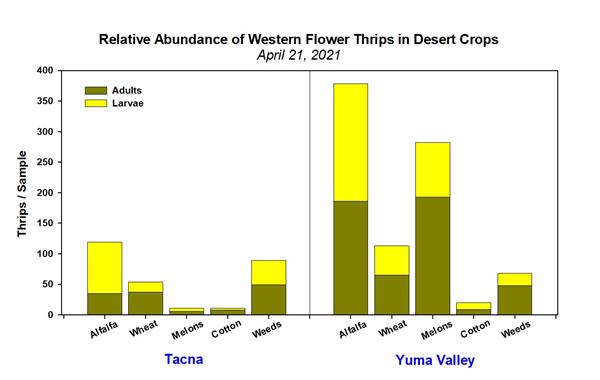
 To contact John Palumbo go to: jpalumbo@ag.Arizona.edu
To contact John Palumbo go to: jpalumbo@ag.Arizona.edu



